Scientists are “extremely concerned” by a bacterium resistant to antibiotics of last resort.
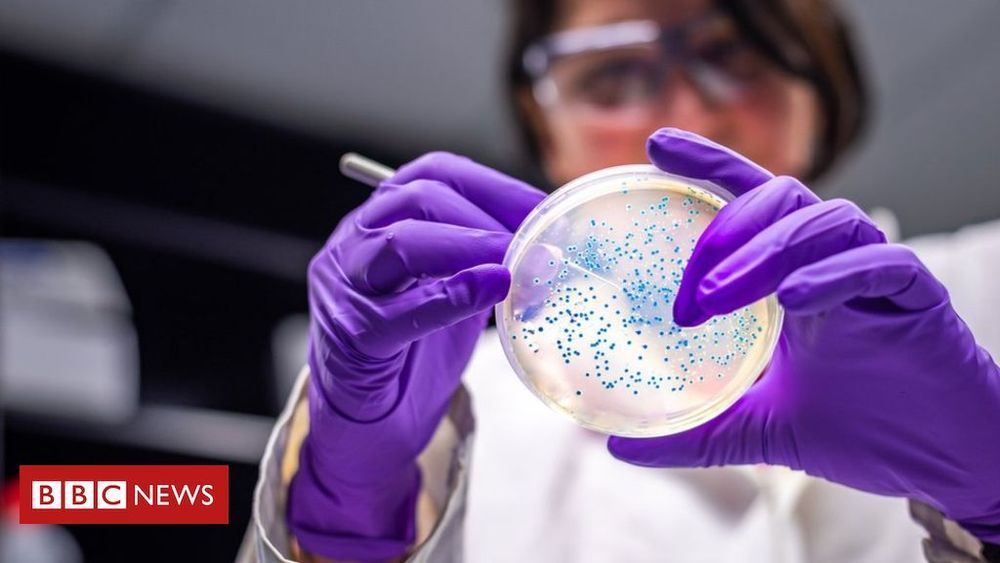

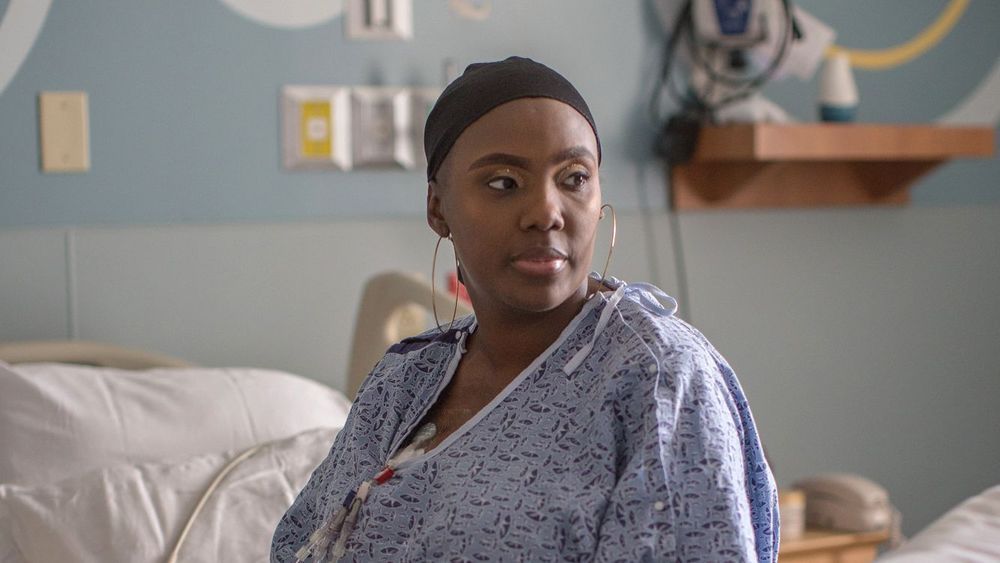
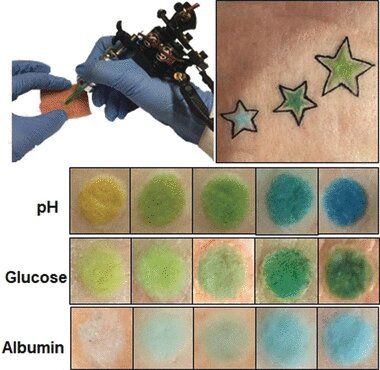
The art of tattooing may have found a diagnostic twist. A team of scientists in Germany have developed permanent dermal sensors that can be applied as artistic tattoos. As detailed in the journal Angewandte Chemie, a colorimetric analytic formulation was injected into the skin instead of tattoo ink. The pigmented skin areas varied their color when blood pH or other health indicators changed.
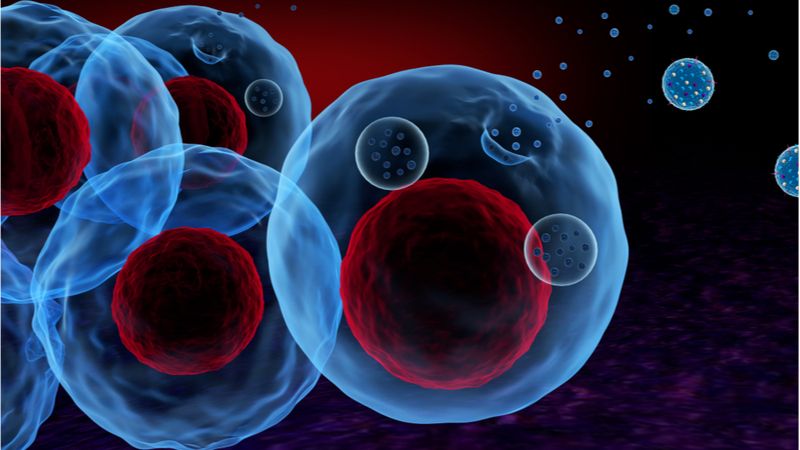
Researchers from the Beijing Institute of Brain Disorders have discovered a new method of using exosomes to deliver aptamers that prevent the accumulation of α-synuclein aggregates, which are the cause of Parkinson’s disease [1].
α-Synuclein Aggregates
Like Alzheimer’s, Parkinson’s disease is characterized by protein aggregation caused by a loss of proteostasis, one of the hallmarks of aging. In order for the brain to function properly, non-aggregated α-synuclein proteins are needed in order to facilitate the release of dopamine, a neurotransmitter, in nerve cell synapses. α-synuclein only becomes a problem when proteostasis fails and the proteins misfold, aggregate, and accumulate.

Most soft robots are controlled manually or pre-programmed but the lenses mimic the natural electric signals in the human eyeball that are active even when the eye itself is closed.
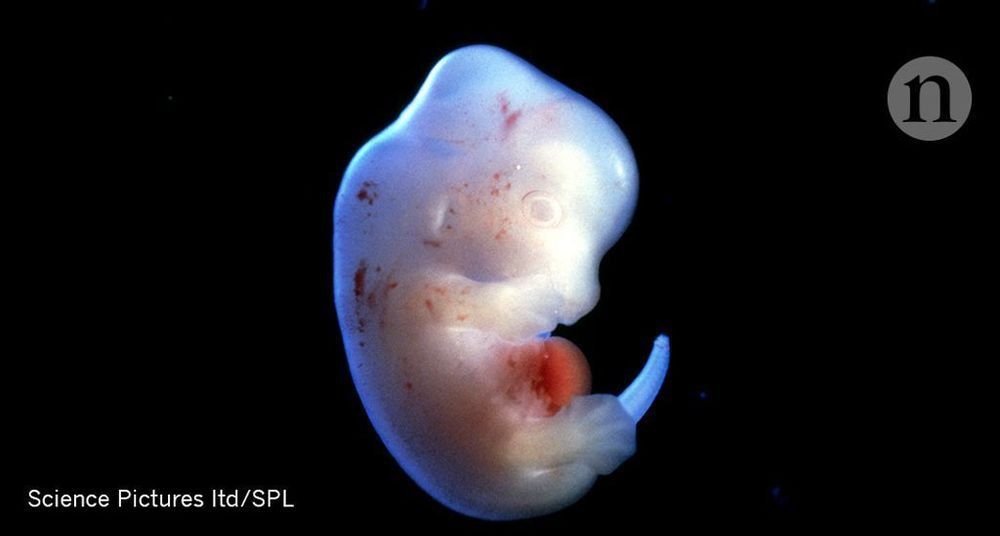
But getting human cells to grow in another species is not easy. Nakauchi and colleagues announced at the 2018 American Association for the Advancement of Science meeting in Austin, Texas that they had put human iPS cells into sheep embryos that had been engineered not to produce a pancreas. But the hybrid embryos, grown for 28 days, contained very few human cells, and nothing resembling organs. This is probably because of the genetic distance between humans and sheep, says Nakauchi.
The research could eventually lead to new sources of organs for transplant, but ethical and technical hurdles need to be overcome.

Medicine has a “Goldilocks” problem. Many therapies are safe and effective only when administered at just the right time and in very precise doses – when given too early or too late, in too large or too small an amount, medicines can be ineffective or even harmful. But in many situations, doctors have no way of knowing when or how much to dispense.
Now, a team of bioengineers led by UC San Francisco’s Hana El-Samad, PhD, and the University of Washington’s David Baker, PhD, have devised a remarkable solution to this problem – “smart” cells that behave like tiny autonomous robots which, in the future, may be used to detect damage and disease, and deliver help at just the right time and in just the right amount.
Skeletal muscle is important not only for locomotion but also for regulating metabolic function. Lahiri et al. studied the interactions between the gut microbiota and skeletal muscle in mice. They identified genes and signaling pathways involved in the regulation of skeletal muscle mass and function that responded to cues from the gut microbiota. Additional biochemical and functional analysis also revealed the influence of the gut microbiota on the function of neuromuscular junctions. These findings open the door to a better understanding of the role of the gut microbiota in the mechanisms underlying loss of muscle mass.
The functional interactions between the gut microbiota and the host are important for host physiology, homeostasis, and sustained health. We compared the skeletal muscle of germ-free mice that lacked a gut microbiota to the skeletal muscle of pathogen-free mice that had a gut microbiota. Compared to pathogen-free mouse skeletal muscle, germ-free mouse skeletal muscle showed atrophy, decreased expression of insulin-like growth factor 1, and reduced transcription of genes associated with skeletal muscle growth and mitochondrial function. Nuclear magnetic resonance spectrometry analysis of skeletal muscle, liver, and serum from germ-free mice revealed multiple changes in the amounts of amino acids, including glycine and alanine, compared to pathogen-free mice. Germ-free mice also showed reduced serum choline, the precursor of acetylcholine, the key neurotransmitter that signals between muscle and nerve at neuromuscular junctions.

1. The 4 main things happening in Hyperbaric oxygen treatment: 1.- A decrease of inflammation 2.- An increase in the amount of oxygen in circulation and reversing hypoxia. 3.- Stimulate the release of stem cells from the brain along with the bone-derived stem cells. 4.- Kill infection. Why it matters for regenerative and dementia treatment? Listen to Dr. Scott Sherr explaining in detail in http://www.mendelhaim.com/podcast/2. For more information on Dr. Scott’s work go to https://www.hyperbaricmedicalsolutions.com/integrative-hbot/scott-sherr.
2. Raising money for academic research is a hard point, according to all of my guests, but even when we talk about Hyperbaric treatment there is a lack of money and the number of chambers declines in u.s. In Israel by the way, the demand is increasing and it takes a few months waiting in lines to start getting the treatment, this can turn into a big business opportunity in my opinion as to the risk for such research on participants is not as big as other medical research.
3. Longevity investment is a relatively new field and is lack of a method to invest by, the Three criteria that Sergey Young from the Longevity Vision Fund examine before investing in new companies are 1- will the product be affordable to touch millions of people’s lives and not only help the rich. 2- Looking for sectors that enjoy the technological exponential development paste such as AI, early diagnostics, stem cells, warbles, and organ transplants. 3 — Network, if you are a new startup and trying to raise from The Longevity vision fund, question yourself before, Do you have partners that can market your product such as big pharma or health care chain or a big manufacturer, do you collaborate with the best academic institutes in the longevity research. Go listen to the full episode Mission Alpha with Sergey Young on http://www.mendelhaim.com/podcast/3
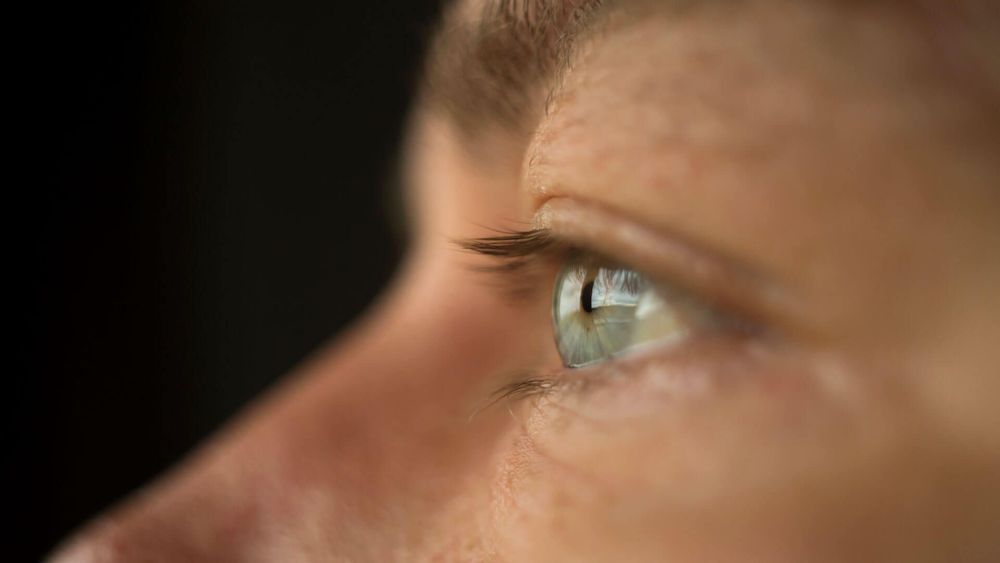
Gene editing is advancing at a faster pace than most of us can keep up with. One significant recent announcement was gene editing tool CRISPR’s application to non-genetic diseases thanks to a new ability to edit single letters in RNA.
Even as CRISPR reaches milestones like this, scientists continue to find new uses for it to treat genetic conditions. The next one that will hit clinics is a CRISPR treatment for a form of blindness called Leber congenital amaurosis (LCA).
Having been approved by the FDA in December, the treatment will be the first of its kind to be trialed in the US.